The Green Heartbeat: Nurturing Biodiversity in Our Self-Sustainable City
Introduction:
Nestled within the bustling streets and towering skyscrapers of our self-sustainable city lies a hidden gem—an urban forest pulsating with life and biodiversity. In this informative article, we delve into the significance of this vibrant ecosystem, exploring its role in fostering biodiversity, regulating the climate, and providing essential services to our community. Join us on a journey to uncover the wonders of the forest and its profound impact on our self-sustainable city.
The Biodiversity Oasis:
Our urban forest is not merely a cluster of trees; it is a thriving ecosystem teeming with life. Here, amidst the verdant foliage and dappled sunlight, an astonishing array of plant and animal species find refuge and sustenance. From towering trees to delicate wildflowers, from elusive birds to scurrying insects, the forest is a biodiversity hotspot, supporting a rich tapestry of life unparalleled in the urban landscape.
Scientists marvel at the abundance of biodiversity found within forests, with nearly half of Earth's known species calling these ecosystems home. In our self-sustainable city, the forest serves as a vital refuge for native flora and fauna, providing essential habitat and resources for countless species to thrive. From pollinators like bees and butterflies to predators like owls and foxes, the forest sustains a delicate web of life that enriches our urban environment.
Ecological Powerhouses:
Beyond their role as biodiversity hotspots, forests are ecological powerhouses that play a crucial role in regulating the Earth's climate and maintaining environmental balance. Trees, our silent allies, perform the vital task of sequestering carbon dioxide from the atmosphere while releasing life-sustaining oxygen—a process essential for combating climate change and mitigating its impacts.
Moreover, forests act as natural air purifiers, filtering out pollutants and particulate matter from the air and improving air quality in our self-sustainable city. Their dense canopy provides shade and coolness, reducing the urban heat island effect and creating microclimates that offer respite from the sweltering heat of the city streets. By safeguarding our water sources, forests also serve as natural filters, ensuring clean and pure water for our community.
A Sanctuary of Solace:
In addition to their ecological significance, forests hold profound cultural and psychological importance for our self-sustainable city. They are not just places of recreation and relaxation but sanctuaries of solace and tranquility where residents can escape the hustle and bustle of city life and reconnect with the natural world.
Whether taking a leisurely stroll along wooded trails, picnicking beneath the shade of towering trees, or simply sitting in quiet contemplation amidst the rustling leaves, the forest offers a sanctuary for reflection and rejuvenation. Its soothing presence calms the mind, uplifts the spirit, and fosters a sense of connection to something greater than ourselves—the intricate web of life that sustains our planet.
Connecting to Our Self-Sustainable City:
In our self-sustainable city, the forest is not just a backdrop; it is the beating heart of our community—a living testament to our commitment to coexistence with nature. As stewards of this vibrant ecosystem, we recognize the invaluable services it provides and strive to protect and preserve it for future generations.
By nurturing biodiversity, regulating the climate, and providing spaces for recreation and contemplation, the forest enriches our lives in countless ways, reminding us of the interconnectedness of all living beings. As we continue to build and grow our self-sustainable city, let us ensure that the forest remains at its heart—a symbol of our reverence for nature and our dedication to creating a greener, more sustainable future for all.
![Self-Sustainable City - Ramakrishna Surathu [Official Website]](https://blogger.googleusercontent.com/img/a/AVvXsEivh2bAyNCG-DxYf4p_lHLcFQx1i8MvbBv91UgzKqAFrNMhT8xW-fwxgNJTdtojgb9aYXiG9EdNYLo8tNmtaakyq-zmnaCeeUGMdpvJ8iOaVzd2tSKEC2UrUXzFJa952LPF-OngfPenpbFOj7b8AcbYtPGSng6xbGr-_NwEIRpXZg_QdKLGRMGeg5pWmtaQ=s1280)




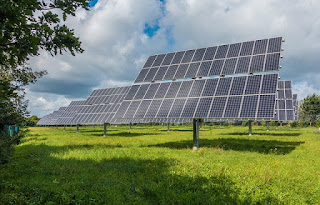


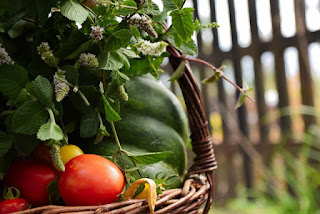

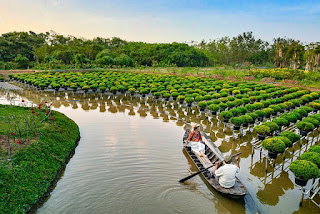
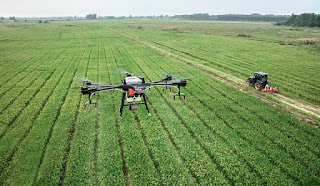
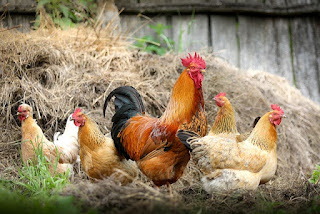








%20-%20Self-Sustainable%20City%20-%20Ramakrishna%20Surathu.jpg)